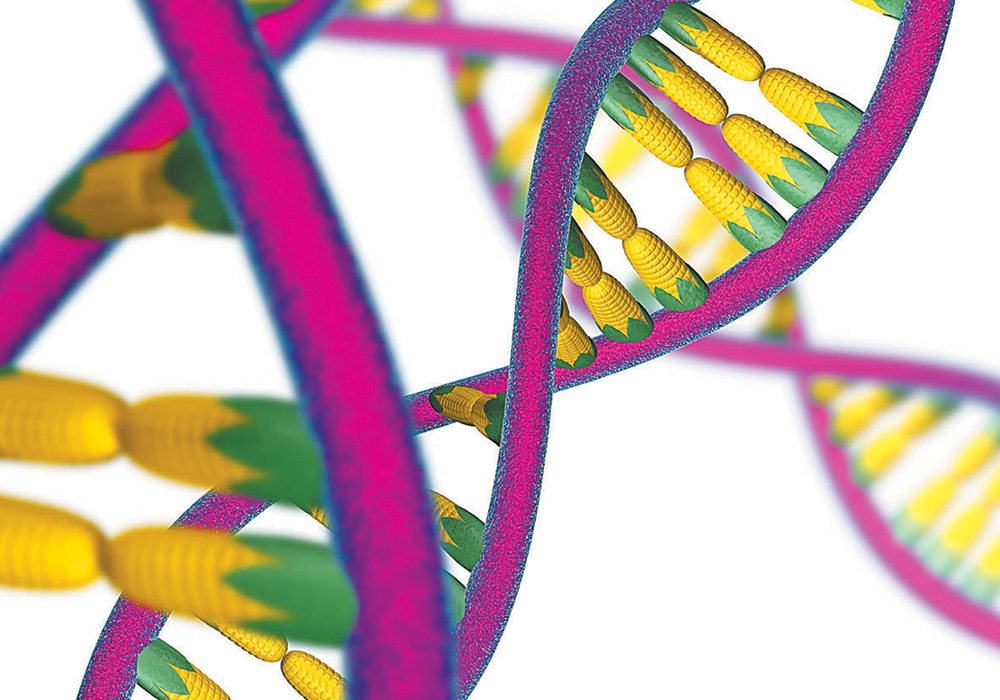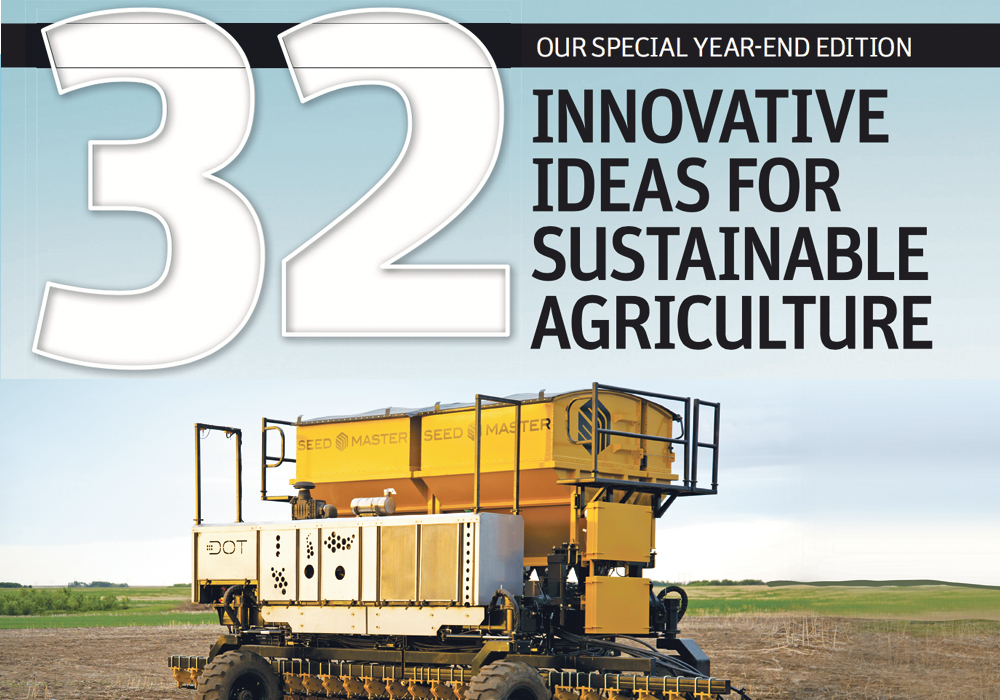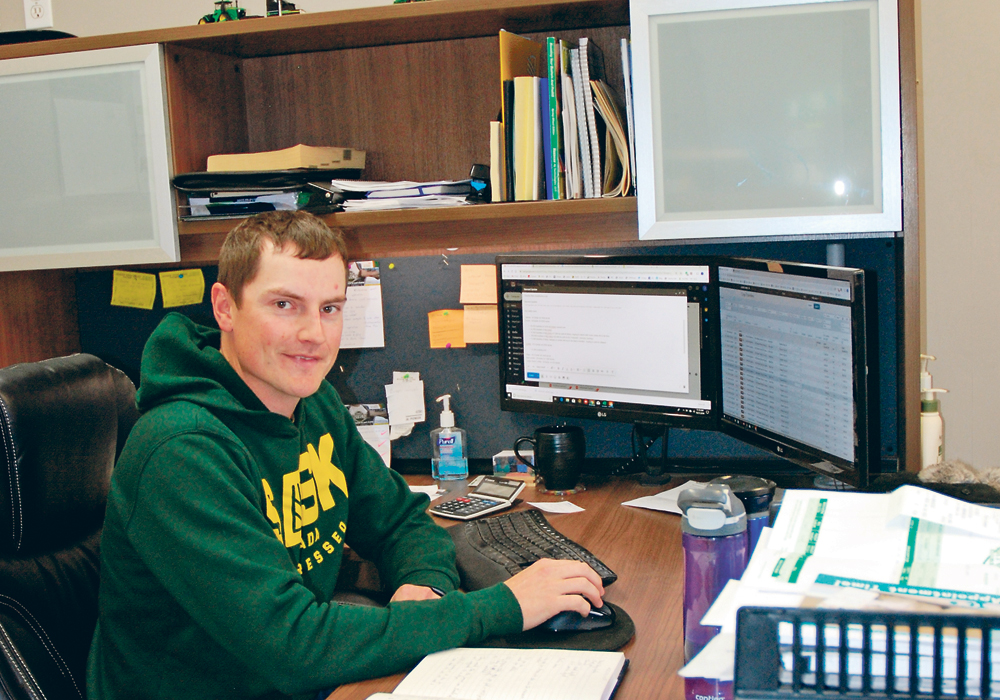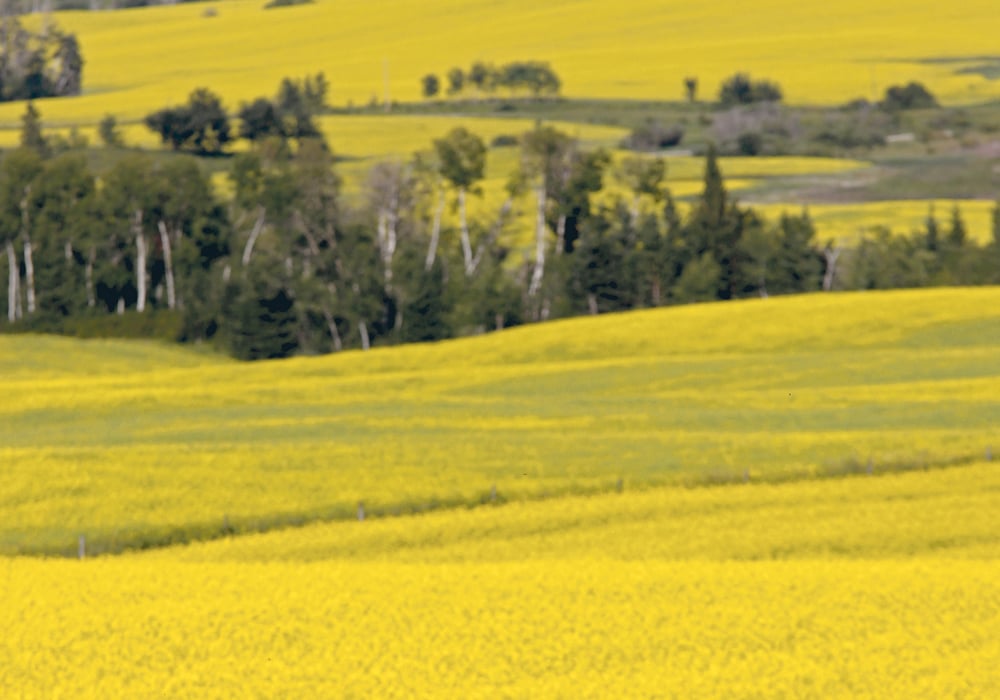The interim chief executive officer for Canada’s agri-food supercluster is all about getting industry players together to push it to new heights during the next few years.
Rob Davies will lead the Smart Agri-Food Supercluster for now, as members continue to make their case to the federal government that they should have access to its $950-million innovation fund.
“Through innovation and technologies that are already out there, this is designed to increase Canada’s share of global agriculture exports,” said Davies, who has more than 30 years of experience in the agri-business sector.
Read Also

Agritechnica Day 2: The future of tractor power, building quicker crop apps and large farms and tech
Agritechnica Day 2: The future of tractor power, building quicker crop apps with Syngenta and large farms and tech
He’s spent most of that time as the CEO of the Weyburn Inland Terminal in Saskatchewan.
“This is really designed to build lasting benefits.”
Other stories in The 2017 Innovation Issue:
- New genetic tools offer way to restore cattle vigour
- Technology can help breed better cattle
- Biotech companies prospecting for microscopic gold mines
- Bee buzzes critical to calculating crop pollination
- Fungus could aid plant growth, reclaim oil sites
- Cracking the megapest genetic code
- Genetic mapping vs. genome sequencing
- French robot prowls the chicken coop so you don’t have to
- New laser technology proves successful for B.C. orchard
- High-tech deterrent devices protect crops from … intruding elephants?
- Diamondback moths focus of Cornell study
- VIDEO: Print your own parts?
- Bees may be serving up humanity’s next big food … and it isn’t honey
- Big doubts about big data
- The little plane that did
- Soil mapping soon to be more usable
- Managing fields could soon move to plant level
- GM pollen: it gets around
- Autonomous vehicles not on the radar for most farmers
- Farm wi-fi connectivity opens new world of possibilities
- Nanotechnology to alter animal health, food systems
- As big data comes to the farm, are policy makers keeping up?
- Farmers not rushing to grab digital tools: survey
- Connecting the DOTs
- Hands-free field test
- Researcher understands farmer doubts about hands-free farming
- The trouble with telematics
- Sensor sensibility
- The discovery that could shake up the beer industry
- Grow your own clothes
- Blockchain technology offers food safety, traceability and more
- Quicker, cheaper biofuel production in the works
- Alternatives to livestock antibiotics are difficult to assess
- A revolution is coming
The supercluster is composed of members from big and small businesses, post-secondary institutions, government agencies, agriculture associations and research and advocacy groups.
The supercluster has been listed as one of the nine groups that may get access to the federal government’s innovation fund. The government is expected to announce the winners early next year.
Davies said if his organization is selected, its goal is to create more than 300,000 jobs, generate $30 billion in economic growth and reduce greenhouse gas emissions by 40 mega tonnes.
“It seems like a monumental task, but we see advantages to utilizing new technologies and thought-processes to build a platform and bring all players together in a cost-effective way,” he said. “It gets the whole value chain working together.”
While it’s too early to outline specific projects that the supercluster would pursue, Davies provided an example of how all industry players could work together to boost the sector.
He said the agriculture sector could partner with the oil and gas industry to get its hands on better in-ground field sensors to monitor and collect data on soil quality.
As well, satellite imagery specialists and software developers would be part of the partnership.
The satellite specialists would provide more data, and software developers would compile that information, as well as any data generated from the in-field sensors, to develop a program that could be used by farmers or agronomists.
The program would give specifics on soil quality, and it could let farmers know how much irrigation they need, how much fertilizer to add, or how much pesticide to spray.
“It helps them optimize their production and also helps to minimize environmental challenges around water use or pesticide use,” he said. “You then combine that with harvest data, and that provides feedback to producers to help them understand productivity and make better decisions for the next year.”
As well, he said companies that sell food products would be part of the picture.
For example, all industry players could work together to develop tracking systems for agri-food products. Wholesalers would use that information when marketing the products to consumers.
“It’s connecting everyone, from the gate to the plate,” he said. “It’s important to consumers but also important to processors and everyone else on the value chain.
“This all could be viewed as a bit hard to wrap our hands around, but if you think back to 20 years ago, who had auto-steer? Now it’s just part of what we do.”
















